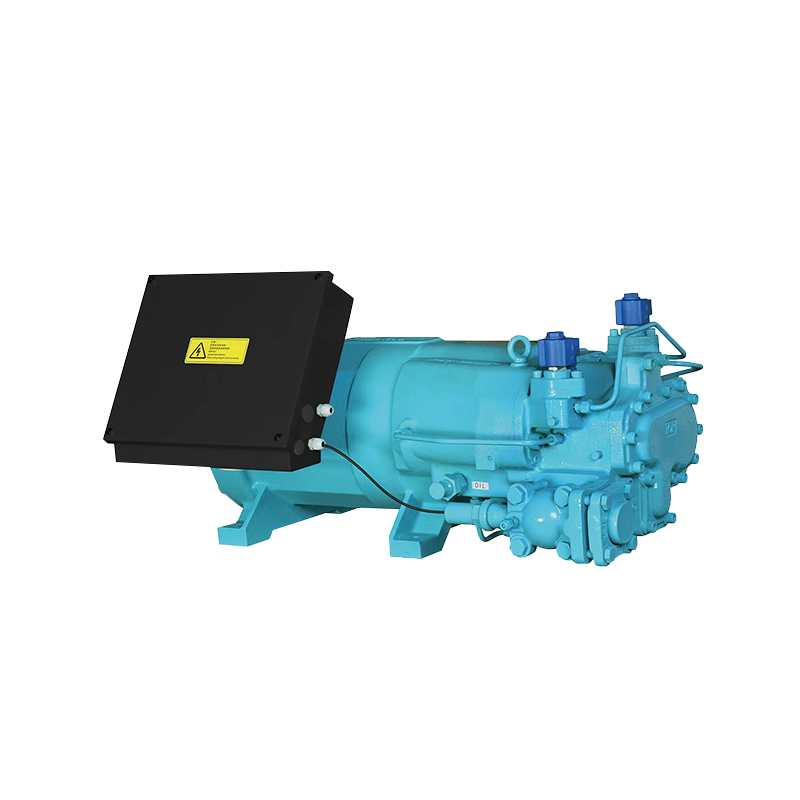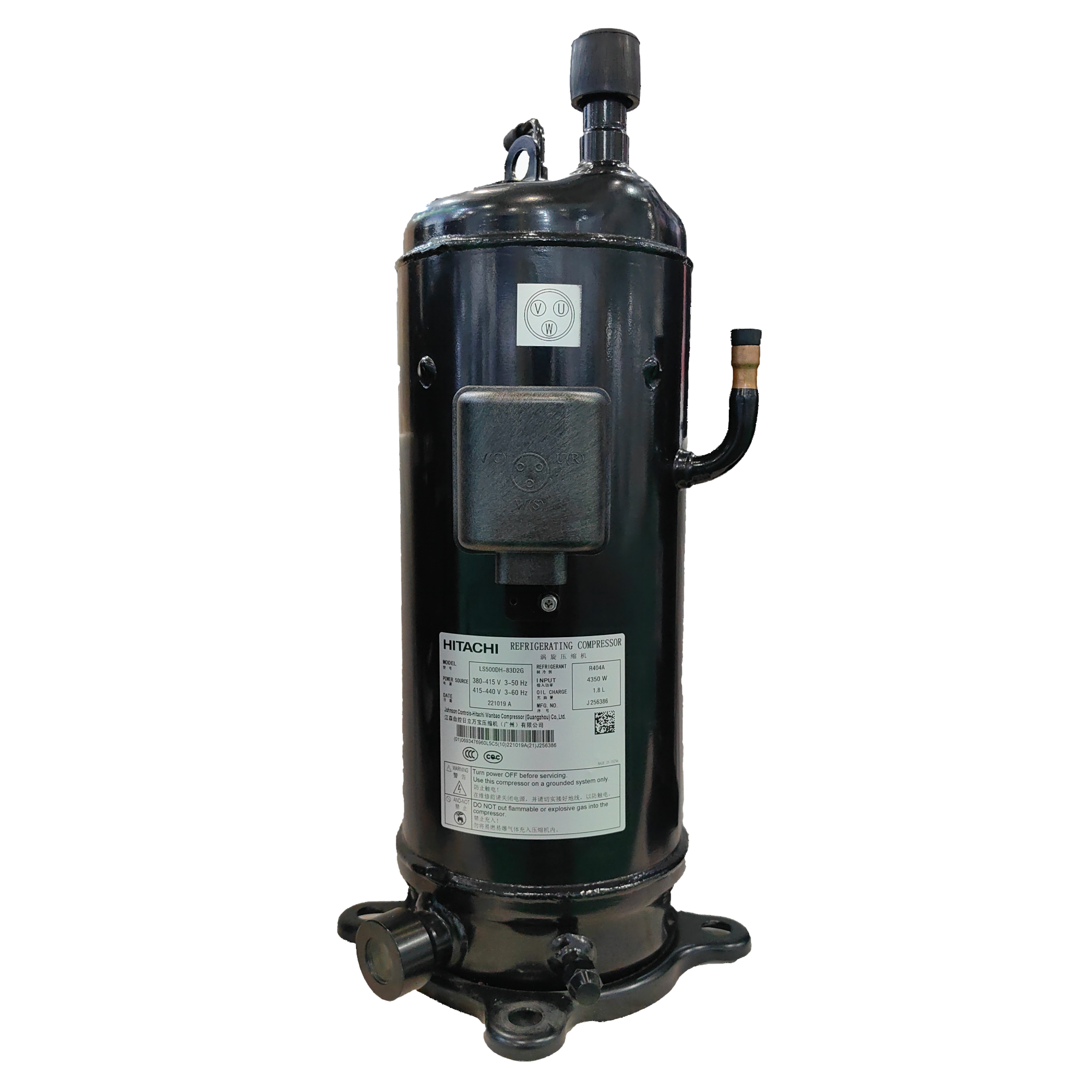The CDF Series Flat Type Condenser uses high-efficiency aluminum fin heat exchange coils, the copper tube is clean and dry inside, and the aluminum fins are punched into "L"-shaped extension plates. After the holes are expanded, the heat exchange efficiency is high. This design can more effectively transfer the heat generated by the data center equipment and reduce the local temperature. Through reasonable layout and design, ensure that the airflow around the condenser is reasonably organized to avoid mixing of cold and hot airflows and improve heat dissipation efficiency. For example, the installation position and angle of the condenser can be adjusted in combination with the layout of the data center so that the cold air can blow more directly to the heating equipment.
The overall shell of the condenser is sprayed and corrosion-resistant, and the bracket adopts a multi-flange design with good seismic performance. In high-density data centers, the equipment is dense and the vibration is large. Good seismic performance can ensure the stable operation of the condenser and avoid failures or performance degradation caused by vibration. The data center environment is complex and corrosive gases or substances may exist. The corrosion-resistant treatment of the condenser can extend its service life and reduce performance degradation caused by corrosion.
The axial flow fans of the CDF Series Flat Type Condensers can be selected from EBM or well-known domestic brands, with high efficiency, low noise and large air volume. According to the specific needs and budget of the data center, the appropriate fan model and brand can be selected to meet different heat dissipation needs. Although it is not directly mentioned whether the CDF series is a modular design, the flat plate condenser can usually adopt a modular design, which is convenient for flexible configuration and capacity increase according to the expansion needs of the data center.
In high-density data centers, the CDF Series Flat Type Condensers can be used in combination with liquid cooling systems. The liquid cooling system can directly cool the heat-generating equipment, while the condenser is responsible for dissipating the heat brought out by the liquid cooling system into the environment. The combination of the two can form a more efficient cooling solution. The temperature distribution and equipment operation status of the data center are monitored in real time through the intelligent monitoring system, and local hot spots are discovered and handled in a timely manner. At the same time, the operating parameters of the condenser are automatically adjusted according to the load changes of the data center to ensure that it is always in the best working condition.

 English
English Español
Español عربى
عربى русский
русский











